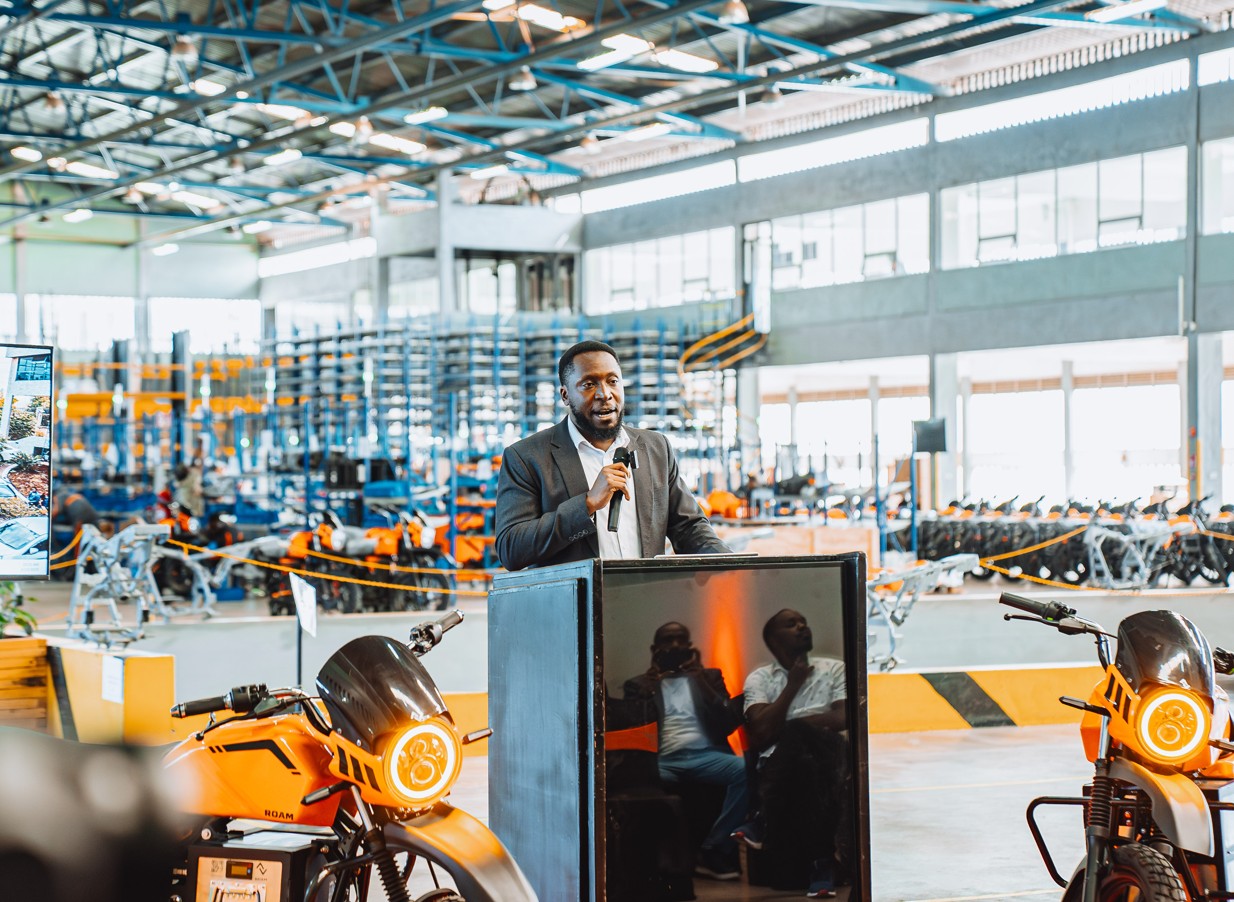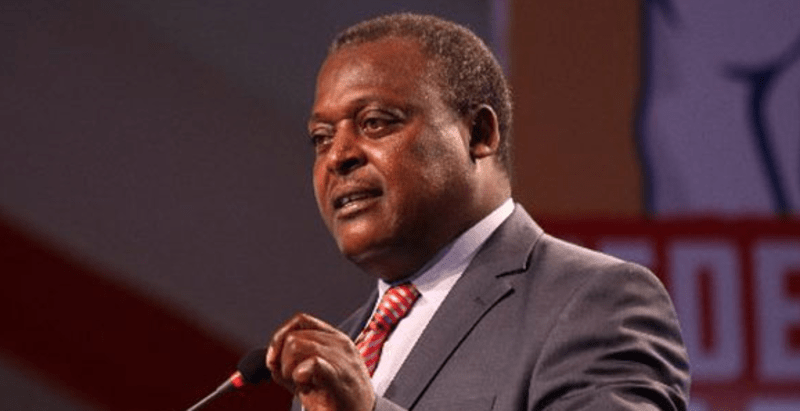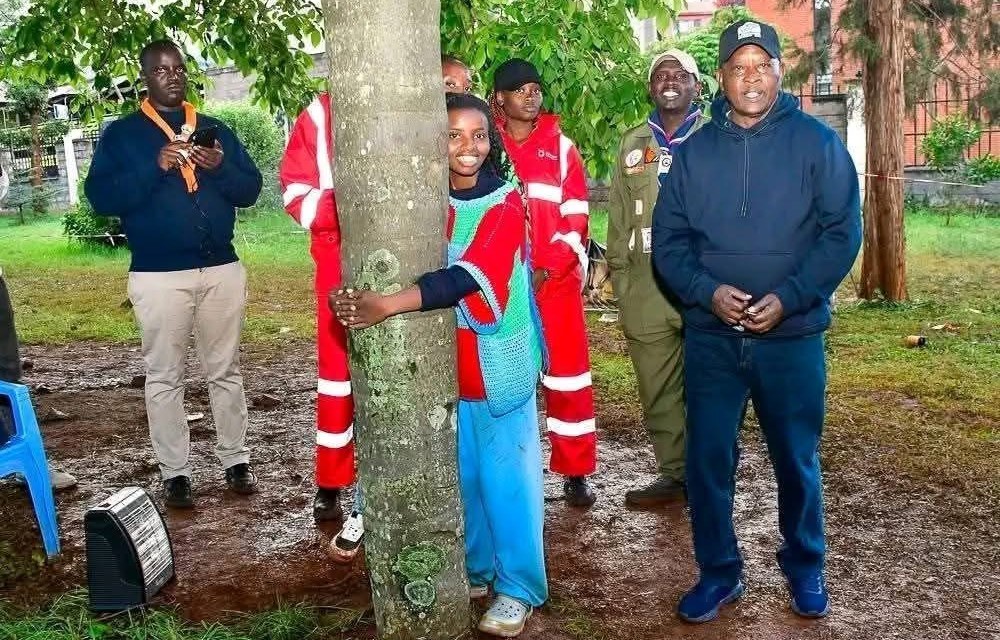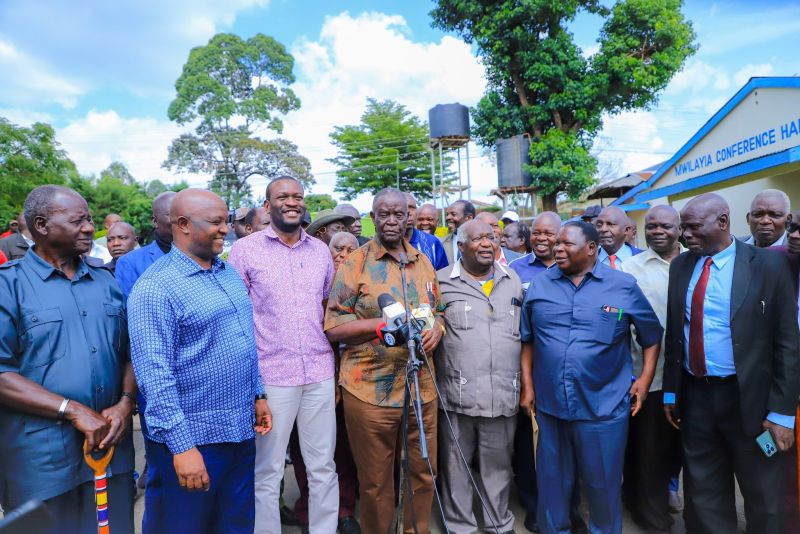Boda boda riders’ voice key in spurring innovation for green movement, experts say

Insights from earlier engagements revealed that riders are primarily concerned with three factors: convenience, durability, and better performance of e-bikes compared to traditional combustion-engine motorcycles.
To accelerate the green transition by tapping into the bodaboda sector, experts have emphasised the importance of prioritising riders’ demands and preferences.
Speaking in Nairobi on Tuesday, a group of experts noted that addressing their concerns promptly is crucial to overcoming the sluggish uptake of e-mobility.
More To Read
- Green economy now second-fastest global growth frontier, value hits Sh646.4 trillion - report
- Domestic capital gains momentum as sub-Saharan Africa accelerates energy transition financing
- Green Congress of Kenya party opens countrywide offices, eyes green revolution
- Africa lags in green jobs boom, holds just 2 per cent of the global sum
- Africa secures Sh12 trillion to fast-track green industrialisation
- Mombasa electric bus firm suspends operations after staff threatened
Insights from earlier engagements revealed that riders are primarily concerned with three factors: convenience, durability, and better performance of e-bikes compared to traditional combustion-engine motorcycles.
It was observed, for instance, that many riders reported the widely used Model 1 electric bikes struggle to handle luggage and endure the demanding conditions of daily bodaboda operations.
The experts noted that addressing such practical challenges is essential for the successful and widespread adoption of green alternatives in the sector.
Habib Lukaya, the regional sales operations manager at EV firm ROAM, noted that electric bikes have already shown strong profitability potential for bodaboda operators, with zero fuel expenses and minimal maintenance costs significantly improving rider incomes.
However, he notes that the lack of certain practical features has proved to be a limitation to faster transition from combustion bikes.
“We went beyond the surface, asking what Kenyan riders truly need. Not just in a bike, but in the entire experience,” Lukaya said.
“Riders stressed that any new electric models must match or exceed the convenience and robustness of petrol-powered bikes to secure lasting buy-in from the community.”
In response to rider feedback, manufacturers appear to be taking action, with Roam, for instance, announcing the development of a new electric bike model incorporating over 40 practical upgrades informed by rider input.
The company says the redesigned model focuses on boosting load-carrying capacity, enhancing durability, and streamlining daily operations, key improvements aimed at ensuring electric motorcycles can effectively meet the tough, day-to-day demands of bodaboda riders.
“This innovation marks a critical step forward in making sustainable transport options more viable in the sector,” Lukaya said.
Revamped e-bike models are arguably a direct response to the economic and practical needs of Kenya’s more than three million bodaboda riders, whose work sustains an estimated five million livelihoods nationwide, according to United Nations (UN) data.
ROAM’s Production Manager, Monicah Mwalo, emphasised the importance of community involvement in the redesign process.
“We didn’t just update a few features, we rethought the motorcycle with input from the people who use it every day. This version is grounded in Kenyan realities,” Mwalo said.
She added that as the bodaboda industry continues to embrace greener technologies, the partnership between manufacturers and riders signals a promising shift.
“By centering the experiences and needs of those on the front lines, the green transition in the bodaboda sector stands to become more practical, profitable, and sustainable for all stakeholders involved.”
Top Stories Today














































